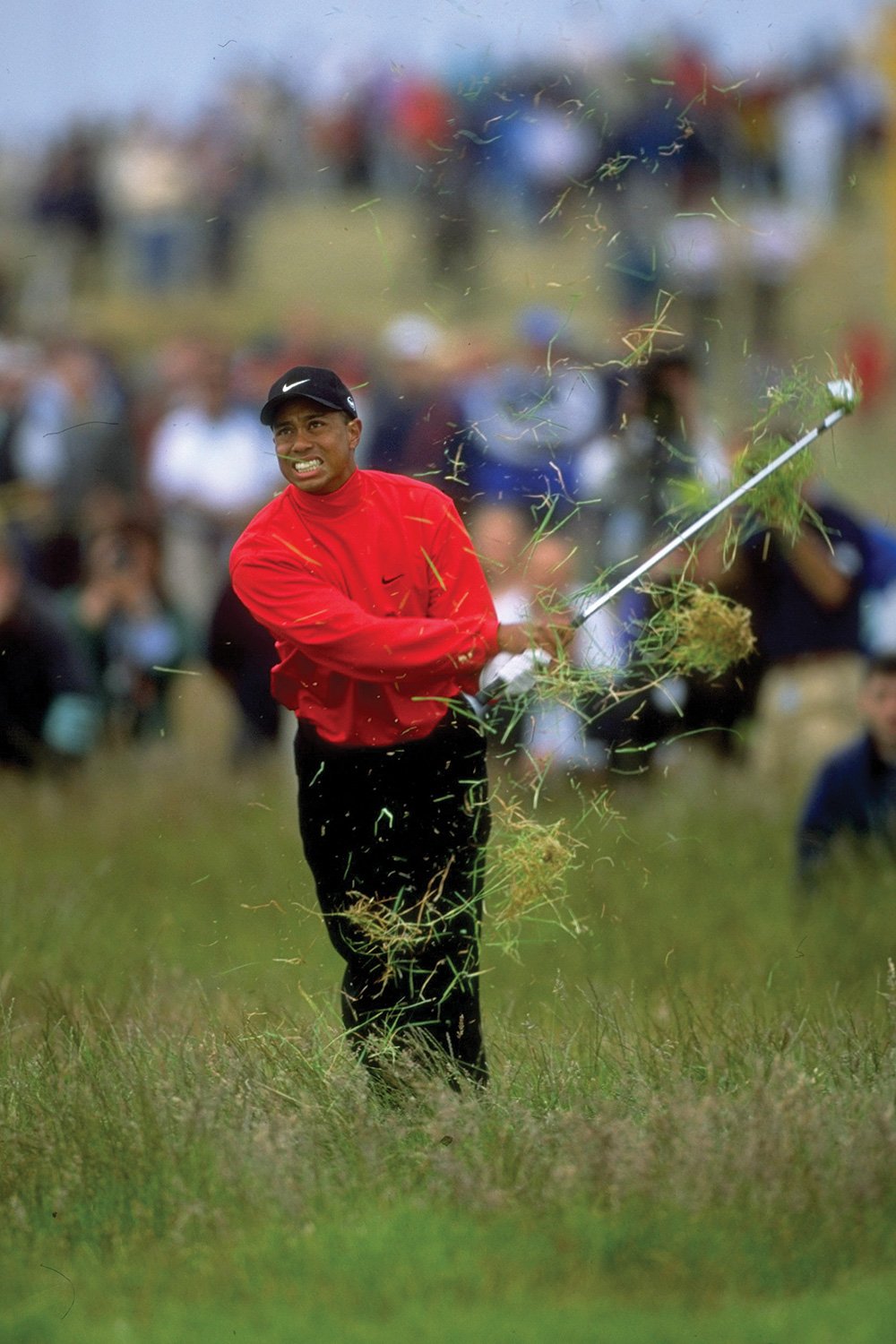I am here to tell you, reluctantly, that carding a triple-bogey on the last hole at Carnoustie is entirely do-able – even by hitting a good shot or two.
The world knows only too well the fate that befell Jean van de Velde at the British Open at Carnoustie in 1999 when the hapless Frenchman ran up a watery 7 on the par 4 when a 6 would have given him the claret jug. He and I now have something in common.

Four Julys ago, I took on this most brutal of Open venues and felt a full 18 holes of punishment. Coming off an eventful bogey at the 17th hole (where I lost a ball in a gorse bush on my second shot, dropped another and almost holed a full 3-wood to leave a tap-in for bogey), I popped a decent drive down the centre of the final fairway. And that’s where the fun began.
The distance told me it was a 5-iron but the ominous spectre of Barry Burn in front of the green had me nervous, so I took a 4 instead. With the ball sitting on a slight downslope, I was a little worried about not getting the ball up quickly enough – and rightly so. My horribly thinned shot hit the turf far too soon and looked destined for the burn. For a split second, I thought it might hop the hazard and finish safe, but no, into the burn it rattled. And then out. Again for a fleeting moment I thought I’d received a great stroke of luck. But then I didn’t.
The Barry Burn is about five metres across and maybe two metres deep. Its sides are reinforced by stone walls that can lead to some amusing and confusing ricochets. Including mine. My ball shot upwards in what I thought might be a shot-saving break. Except for the fact it shot hard left. An out-of-bounds fence sits only a few paces away from the left side of the 18th green, and although my ball finished perfectly playable and just 10 or 12 metres from the hole, it was technically ‘Oscar Bravo’.
The ball staying in the burn would have been a far better result. Instead, there I was in the middle of the fairway about to face the same shot again. This time, my 4-iron was hit even more horribly, scuttling into the burn and staying there. So after a perfectly acceptable tee shot, I was now dropping from the hazard and hitting my sixth shot.
‘So after a perfectly acceptable tee shot,
I was now dropping from the hazard and hitting my sixth shot.’
A so-so pitch left me with a 20-foot putt, which – a little like Van de Velde 15 years earlier – I drained for a triple-bogey 7. It was that easy.
My tour of Scotland took in every one of the Caledonian courses that host the British Open (plus a few more that should). I can confirm the toughest Open test north of Hadrian’s Wall is indeed the Championship course at Carnoustie – and not just because of the way I finished.
It’s not even a close contest. Muirfield is tough but surprisingly playable; Royal Troon and Turnberry much the same. The Old Course at St Andrews is perhaps the easiest of the lot. Compared to them, though, Carnoustie is a bear.

Even the ‘easy’ holes aren’t actually that easy. My lone birdie was an utter fluke. At the par-4 ninth, I mis-hit a hybrid second shot that bumbled its way towards the relatively open green and somehow parked itself a metre from the cup. It was a lone bright spot on my otherwise atrocious scorecard.
Despite an infinitely fairer course set-up for the 2007 British Open, everyone remembers Carnoustie for the carnage it inflicted on golfers eight years earlier when six-over par was good enough for a playoff. The R&A was roundly criticised in ’99 for its heavy-handed set-up. The pre-Open preparations had turned an already difficult examination into a torture test and included accusations of excessively fertilised rough.
That day in 2014, I played alongside an American family – a husband and wife and their teenage daughter. They each took caddies, and mid-round I asked one of the loopers about the infamous set-up for the ’99 Open. “Did the R&A fertilise the rough?” I asked. “Well,” began the measured reply, “let’s just say for several weeks that spring the entire course smelt like chicken manure…”



